Going on a safari in Kenya is an exciting adventure, but knowing what to wear is important to ensuring a comfortable and enjoyable experience.
The right clothing can protect you from the elements, keep you comfortable during game drives, and help you blend in with the natural surroundings. Here is a detailed guide on what to wear on a safari in Kenya.
What to Wear on a Safari in Kenya
1. Lightweight Clothing
Kenya’s weather can be warm, especially during the day, so it is important to wear lightweight and breathable clothing.
Choose fabrics like light cotton or moisture-wicking materials that will keep you cool and dry. Long-sleeved shirts and trousers are ideal because they protect you from the sun, insect bites, and thorny bushes.
- Shirts: Pack a mix of short and long-sleeved shirts. Long sleeves are great for early morning and evening game drives when it can be cooler, and they also offer protection from the sun during the day. Long sleeved shirts are good for those cold evenings.
- Trousers/Shorts: Convertible trousers that can turn into shorts are a practical choice. They provide the flexibility to adjust to changing temperatures throughout the day. Cargo pants are a great choice too.
2. Neutral Colors Are Important
When going on a safari, it is important to wear neutral colors like khaki, beige, brown, or olive green. These colors blend in with the natural environment and don’t attract attention from wild animals, making it easier to observe wildlife without disturbing them.
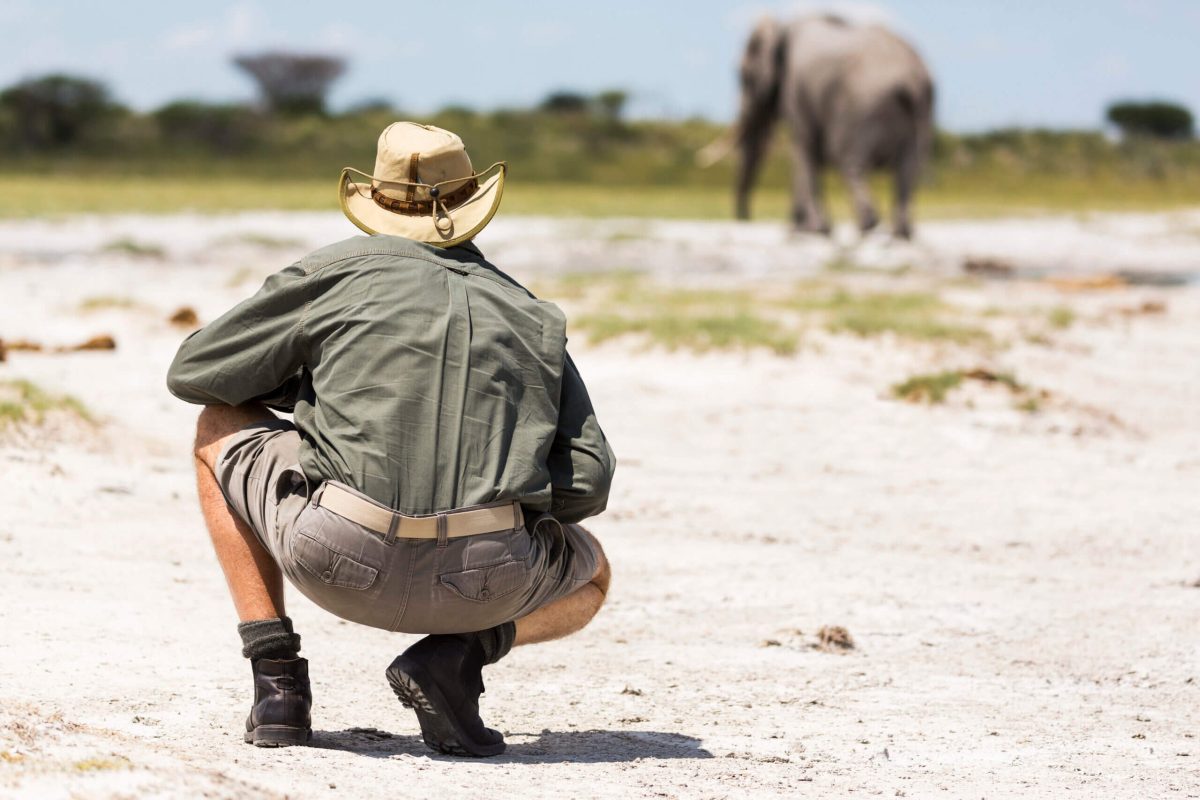
Avoid bright colors, especially white, as they can stand out and may make animals wary. Dark colors like black and navy can attract tsetse flies, which are common in some areas.
3. Comfortable Footwear
A good pair of comfortable and sturdy shoes is essential for a safari. You will likely be spending a lot of time on your feet, whether it’s during a walking safari, exploring the camp, or getting in and out of the safari vehicle.
- Hiking Boots: If your safari includes walking or trekking or hiking or mountain climbing, bring a pair of lightweight hiking boots. They offer good support and protect your feet from rough terrain.
- Safari Shoes: For general use, comfortable closed-toe shoes or trainers are a good choice. They protect your feet from dust, insects, and any rough ground.
- Sandals: Sandals can be worn around the camp or lodge, but they are not recommended for game drives or walks in the bush.
4. Layers for Variable Weather
Kenya’s climate can vary, with cool or cold mornings and evenings, and hot afternoons. Layering is the best way to stay comfortable throughout the day. Start with a base layer, add a light sweater or fleece for warmth, and bring a waterproof jacket in case of rain.
- Fleece Jacket: A lightweight fleece jacket is perfect for keeping warm during early morning or evening game drives.
- Rain Jacket: A waterproof jacket is essential, especially if you’re traveling during the rainy season. It can also provide an extra layer of warmth.
- A heavy jacket or sweater: This is important for those cold mornings or evening or rain seasons.
5. Hat and Sunglasses
The African sun can be intense, so protecting your head and eyes is important.
- Hat: A wide-brimmed hat or a baseball cap will protect your face and neck from the sun. Choose one with a strap or cord so it doesn’t blow away during windy conditions.
- Sunglasses: Polarized sunglasses will protect your eyes from the sun’s glare and improve visibility during the day.

At Dorbin Tours & Travel, we give out some sun hats for some Safari packages, please inquire when making your booking.
6. Sun Protection
Even with the right clothing, it’s crucial to protect your skin from the sun. Pack a good quality, high-SPF sunscreen, and apply it to any exposed skin before heading out on a game drive. Lip balm with SPF protection is also a good idea.
7. Insect Repellent
Kenya is home to various insects, including mosquitoes, so packing insect repellent is essential. Apply it to exposed skin and clothing to keep insects at bay, especially during the early morning and evening hours.
8. Accessories
- Scarf or Buff: A scarf or buff can be useful for protecting your neck from the sun, keeping dust out of your face, or adding an extra layer of warmth when it’s chilly.
- Binoculars: While not clothing, binoculars are an essential accessory on safari. They allow you to get a closer look at wildlife without disturbing them.
9. Safari Bag
Finally, bring a small daypack or safari bag to carry your essentials, like a camera, water bottle, sunscreen, and snacks. Choose a bag in a neutral color to blend in with your surroundings.
In addition to your suitcase, you may need duffel bag if you intend on doing a flying package as local flights in Kenya don’t accommodate suitcases, for example Maasai Mara flying packages. Your hotel or tour agency can organize for storage of your suitcase in Nairobi.
The above clothing is what to wear on safari in Masai Mara which include light clothing, dull colors like khaki, sun hat and sun glasses.
Conclusion
Packing the right clothing for your safari in Kenya will ensure that you are comfortable, protected, and ready to enjoy all the incredible wildlife experiences that Kenya has to offer. By following this guide, you’ll be well-prepared for the varying weather conditions and ready to fully enjoy your adventure in the African wilderness.
At Dorbin Tours & Travel, we are here to help you make the most of your safari experience, from what to wear to where to go. Happy safari!

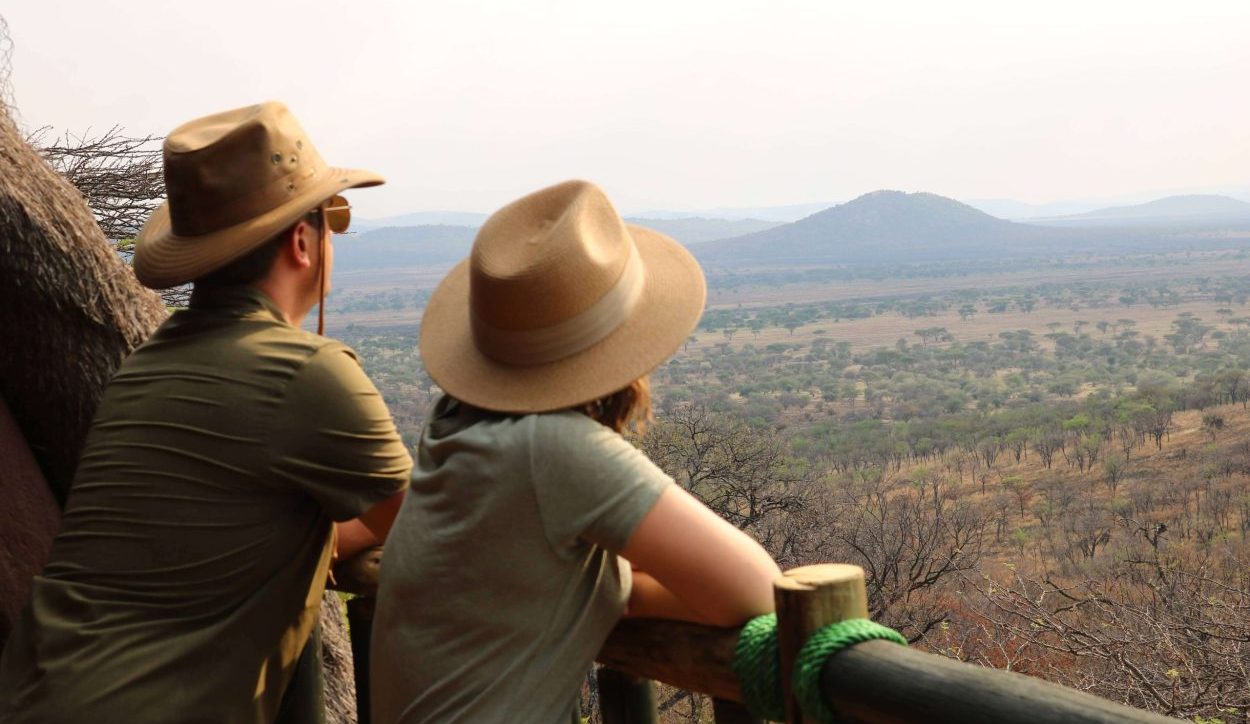
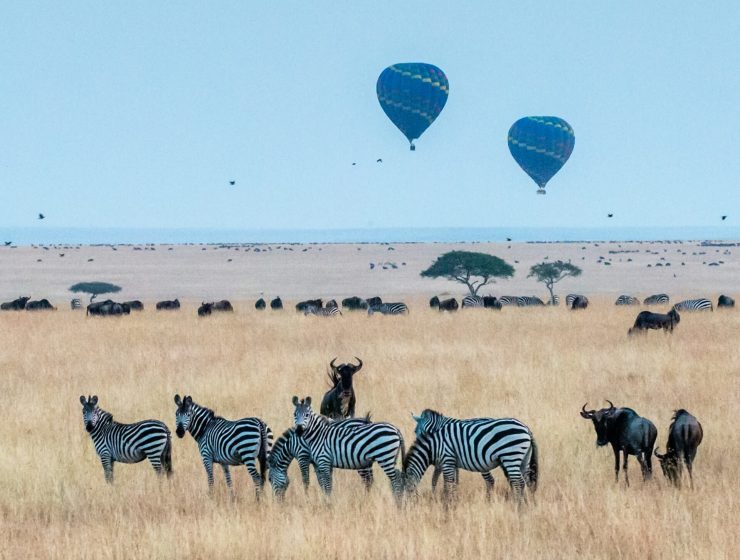
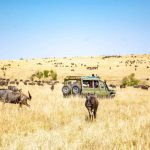
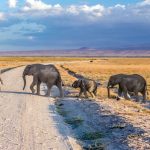

3 Comments
Id vim facilis ceteros percipit, altera phaedrum sea at, te alia novum praesent sit. Ne justo mazim delenit eam, pri ex brute interpretaris, invenire.
Praesent finibus congue euismod. Nullam scelerisque massa vel augue placerat, a tempor sem egestas. Curabitur placerat finibus lacus.
Ut enim ad minim veniam, quis nostrud exercitation ullamco laboris nisi ut aliquip ex ea commodo consequat. Duis aute irure dolor in reprehenderit.